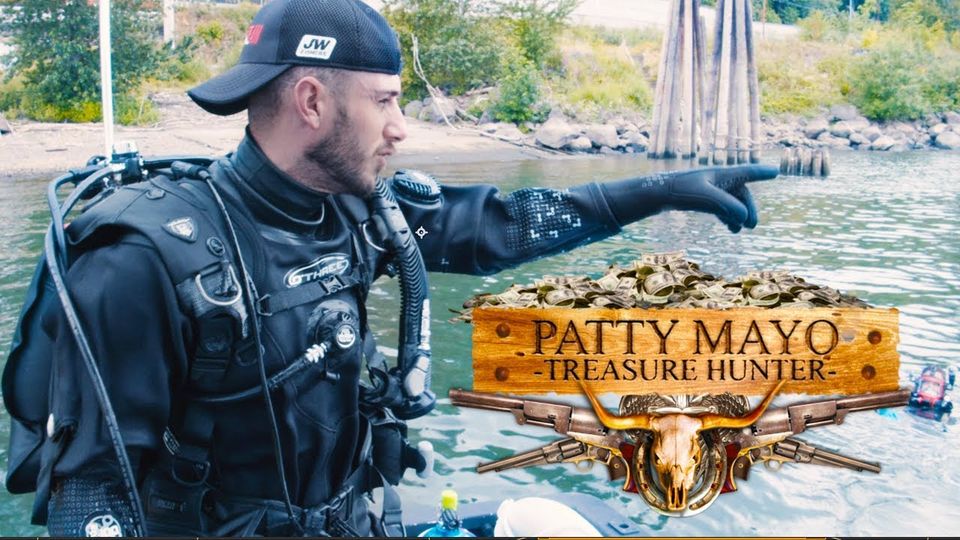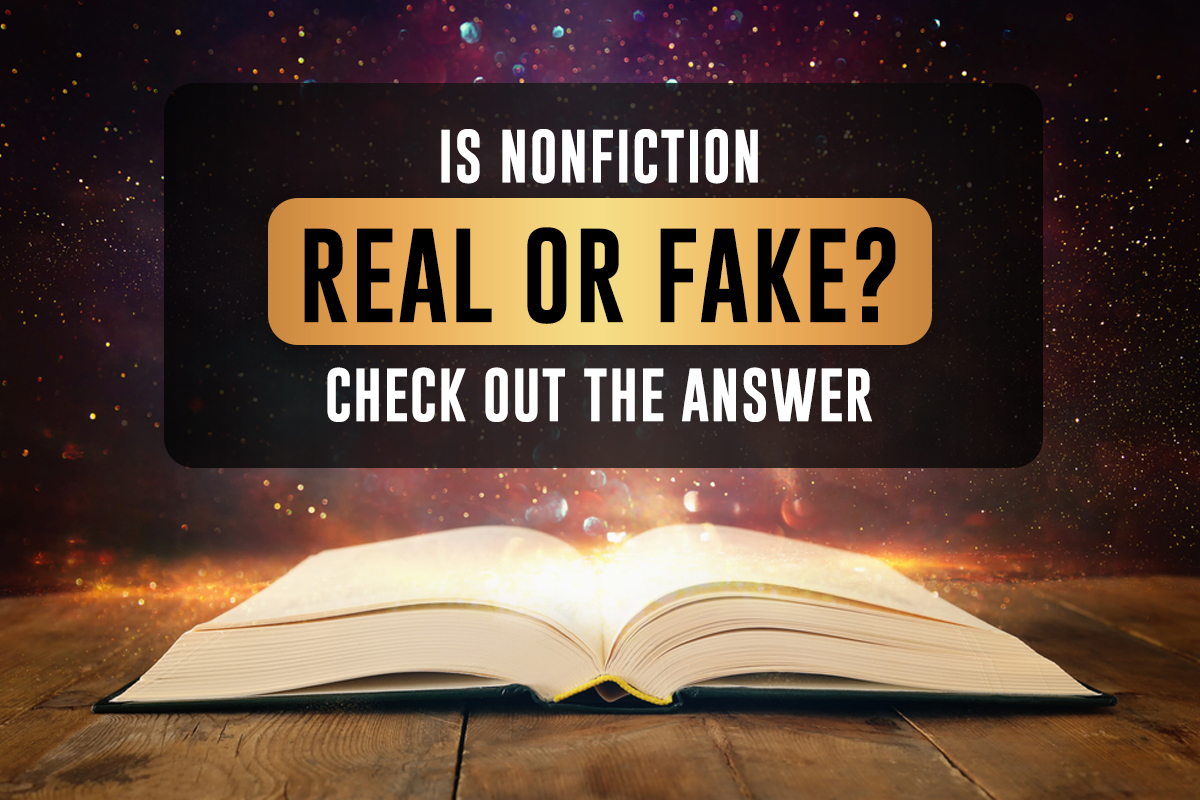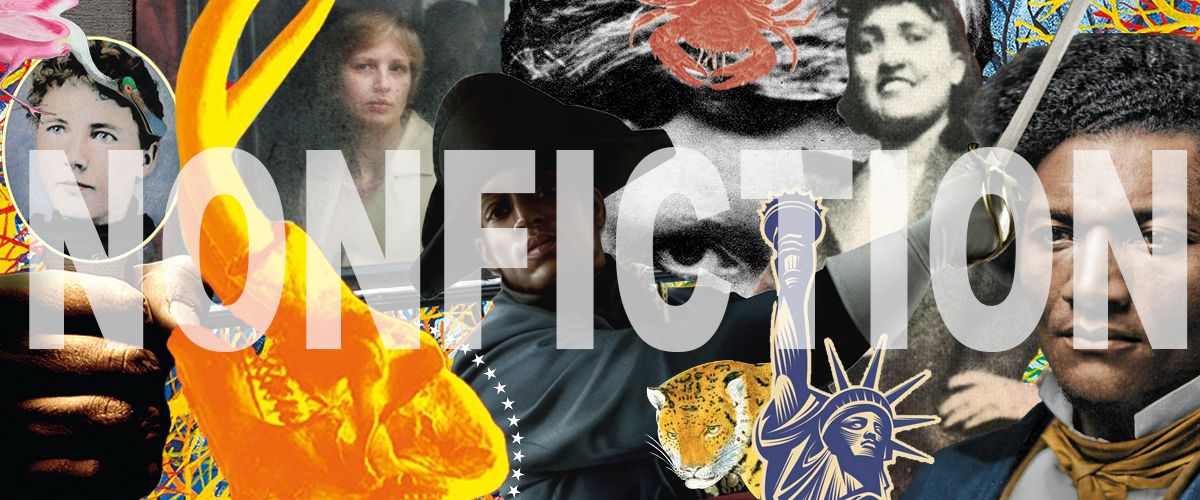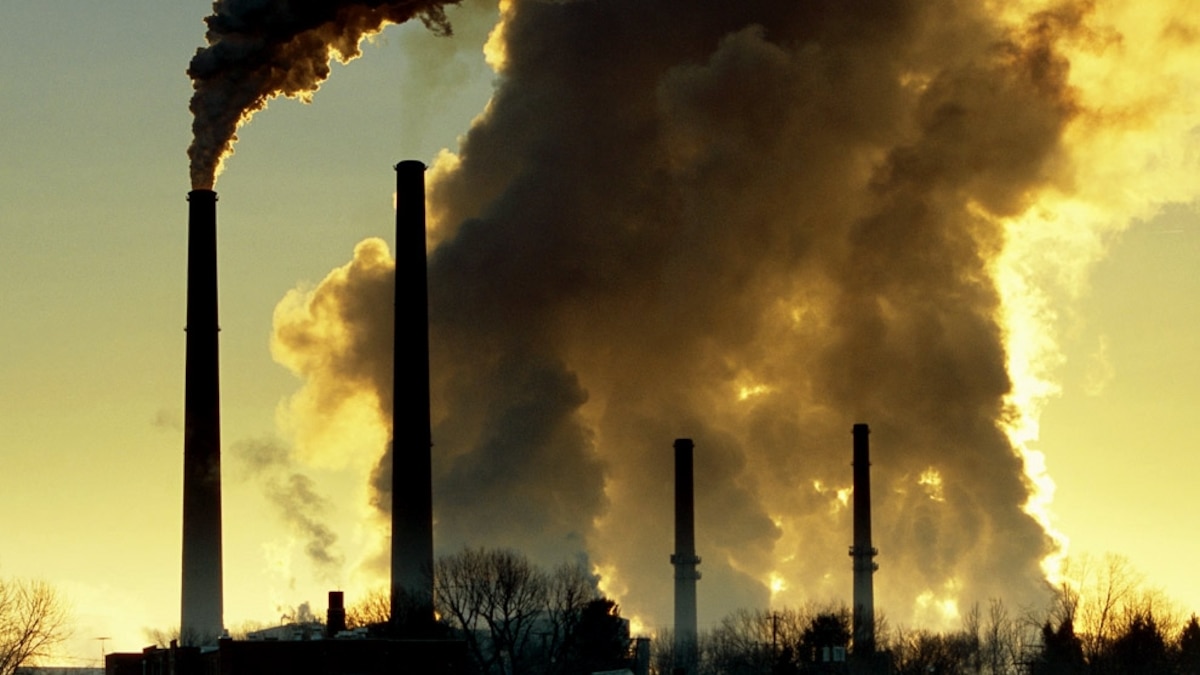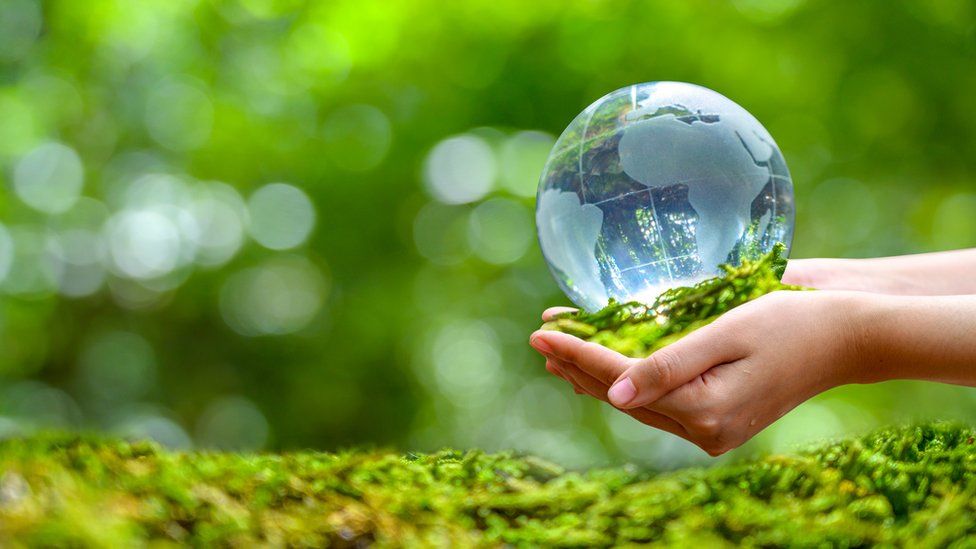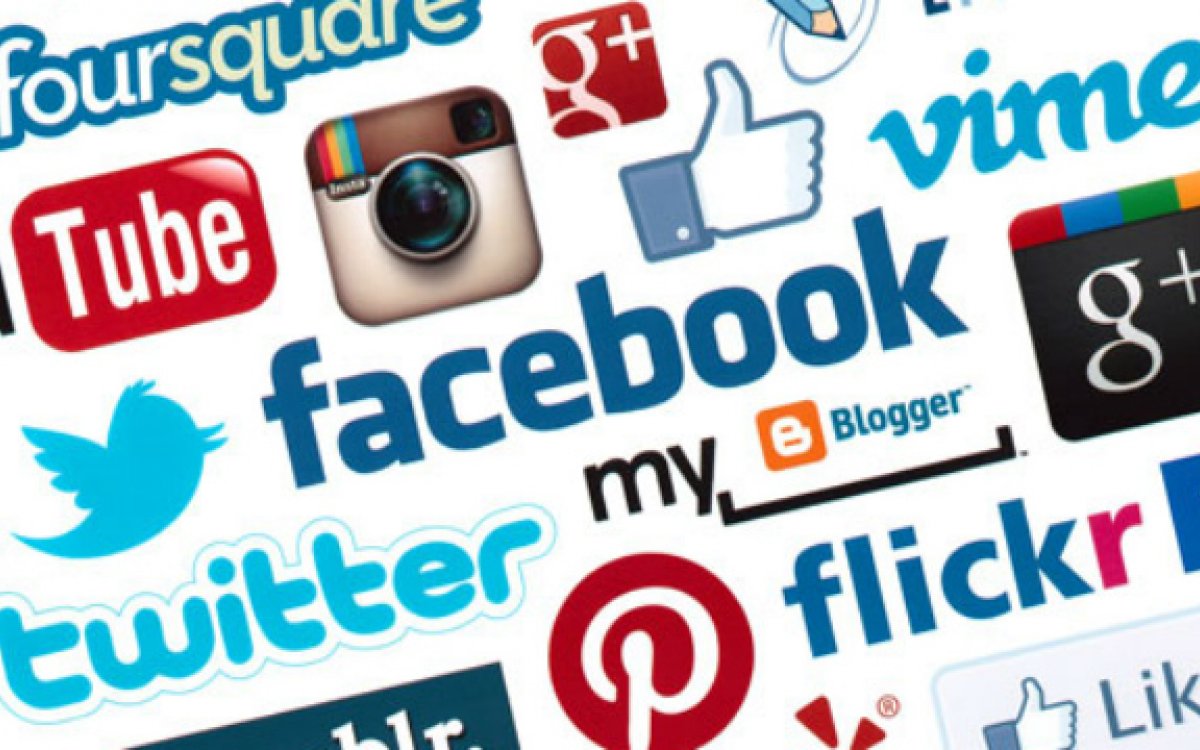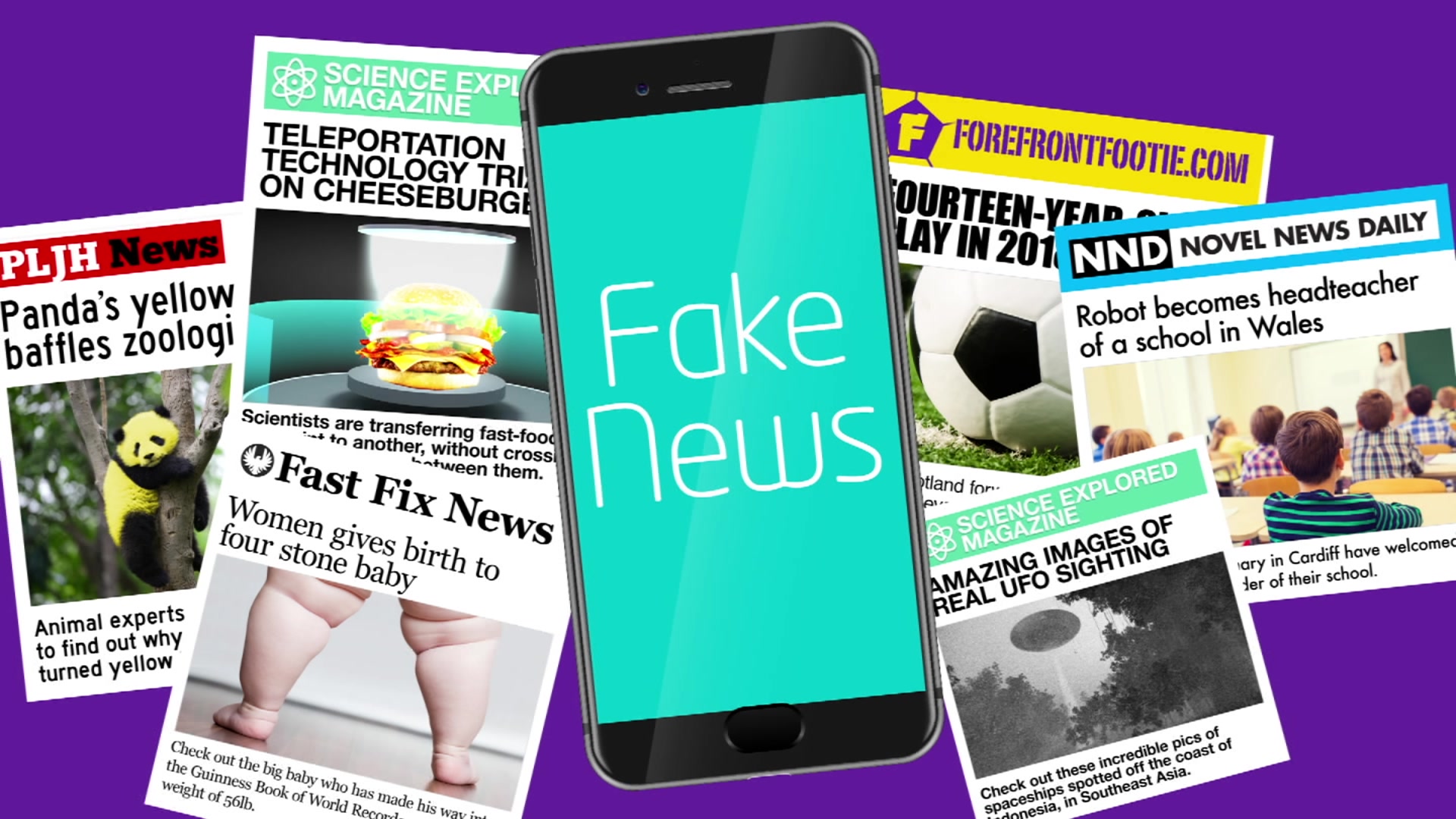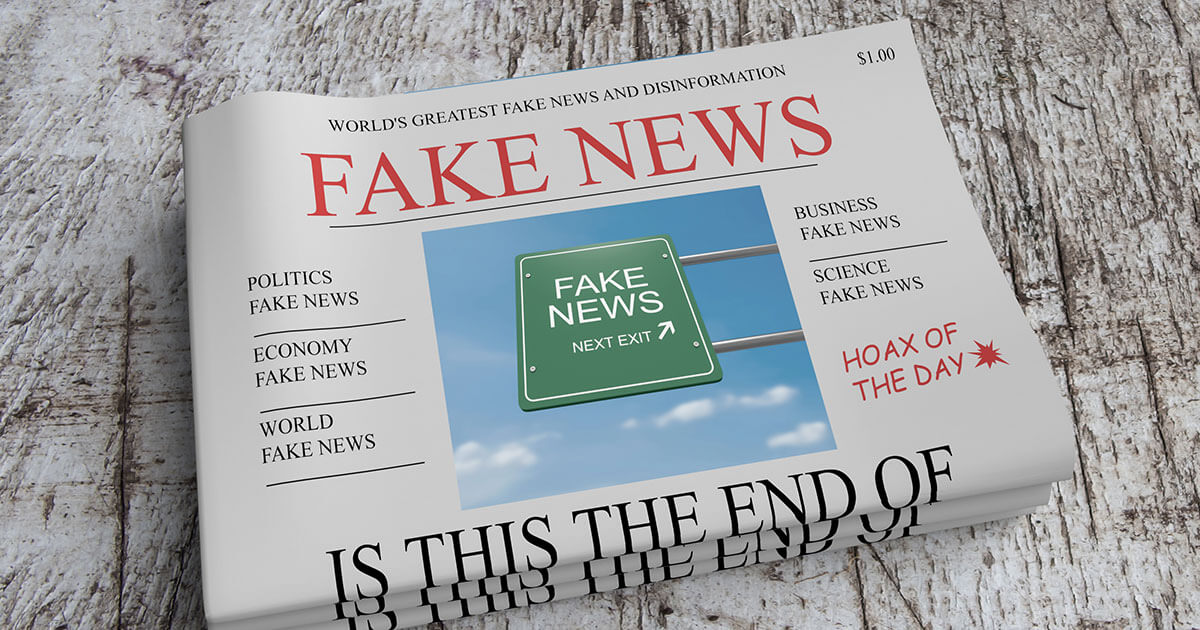How To Tell If An Id Is Fake
https://showfakes.com/wp-content/uploads/2023/12/blog-fake-ids-header-1024x400.webp 1024 400 Admin Admin https://secure.gravatar.com/avatar/9c89a0590fb34eb4e2bf2f9088e9f86a?s=96&d=mm&r=gIntroduction Of How To Tell If An Id Is Fake
“How To Tell If An Id Is Fake” The prevalence of fake identification has become a growing concern in various sectors, ranging from law enforcement to businesses that require age verification. As technology advances, so do the methods used by counterfeiters to create convincing fake IDs. This comprehensive guide aims to equip you with the knowledge and tools necessary to discern the authenticity of an ID.
Check for Watermarks and Holograms
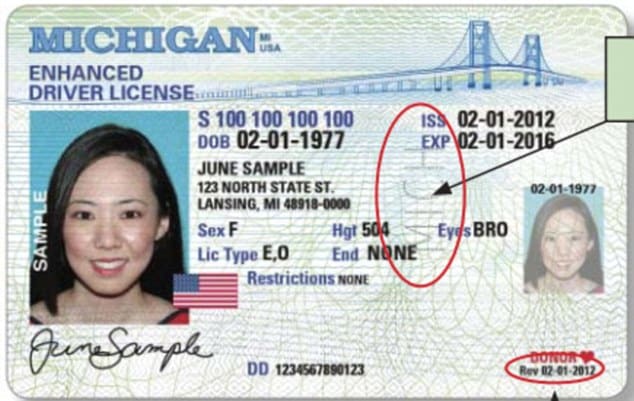
Legitimate IDs often feature watermarks and holograms as security measures. Hold the ID up to the light to observe any embedded watermarks, holographic images, or other security features. High-quality holograms are challenging to replicate, and their absence or poor quality can be a red flag.
Examine the Printing Quality
Authentic IDs are produced using high-quality printing processes. Inspect the text, images, and microprinting on the ID for clarity, precision, and uniformity. Genuine IDs typically exhibit sharp and well-defined details, while fake IDs may display blurred or inconsistent printing.
Feel the Texture of the ID
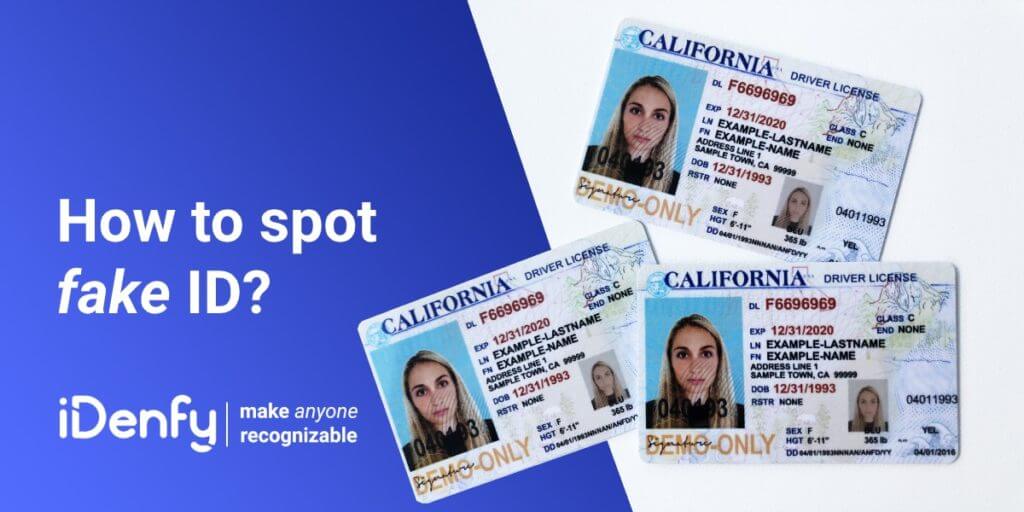
Authentic IDs often have specific textures that are difficult to replicate. Run your fingers over the surface of the ID to feel for any raised text, images, or embedded security features. Genuine IDs are typically made from durable materials, and the texture should feel consistent across the entire card.
Check for UV Features
Many official IDs incorporate ultraviolet (UV) features that are invisible to the naked eye but become visible under UV light. Obtain a UV light source and examine the ID for any hidden markings, images, or security features. Counterfeiters often struggle to replicate these UV elements accurately.
Verify the Microprinting

Microprinting is a common security feature used on legitimate IDs. It involves printing tiny text that is difficult to reproduce accurately with standard printing equipment. Use a magnifying glass to inspect the ID for microprinted text, such as fine lines or intricate patterns, which may be challenging for counterfeiters to replicate.
Assess the Card’s Thickness and Flexibility
Official IDs are typically made from durable materials with specific thickness and flexibility. Examine the ID’s physical characteristics, including its thickness and how it flexes when bent slightly. Authentic IDs have a consistent and sturdy feel, while fake IDs may be flimsy or have irregular thickness.
Check the Holographic Overlay

Many IDs incorporate a holographic overlay as an additional security feature. Tilt the ID to observe any holographic images or color-shifting elements. Authentic holographic overlays are complex and dynamic, making them difficult to replicate accurately.
Examine the Security Features Against a Reference ID
If possible, compare the ID in question with a legitimate reference ID from the same issuing authority. Note the specific security features, design elements, and overall appearance. Discrepancies between the two may indicate a fake ID.
Use Advanced Verification Tools
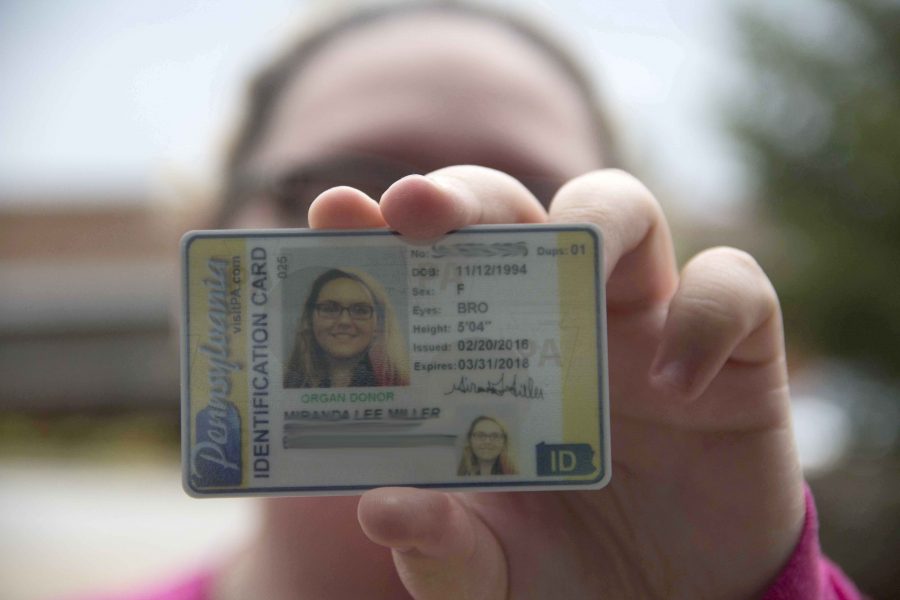
In addition to manual checks, consider utilizing advanced verification tools if available. Some businesses and law enforcement agencies use devices that can scan and authenticate IDs using advanced technology, such as RFID (Radio-Frequency Identification) or barcodes.
Trust Your Instincts
If something about the ID feels off or raises suspicion, trust your instincts. Pay attention to details such as the photo quality, fonts used, and overall design. Counterfeiters often struggle to replicate every aspect accurately, and your intuition can be a valuable tool in identifying potential fakes.
Conclusion
As technology continues to evolve, so do the methods employed by counterfeiters to create fake IDs. Being vigilant and informed about the security features of legitimate IDs is crucial in detecting fraudulent documents. By incorporating the tips and techniques outlined in this guide, you can enhance your ability to discern the authenticity of IDs and contribute to maintaining the integrity of identity verification processes. Remember, the battle against fake IDs is ongoing, and staying informed is a key weapon in this fight.
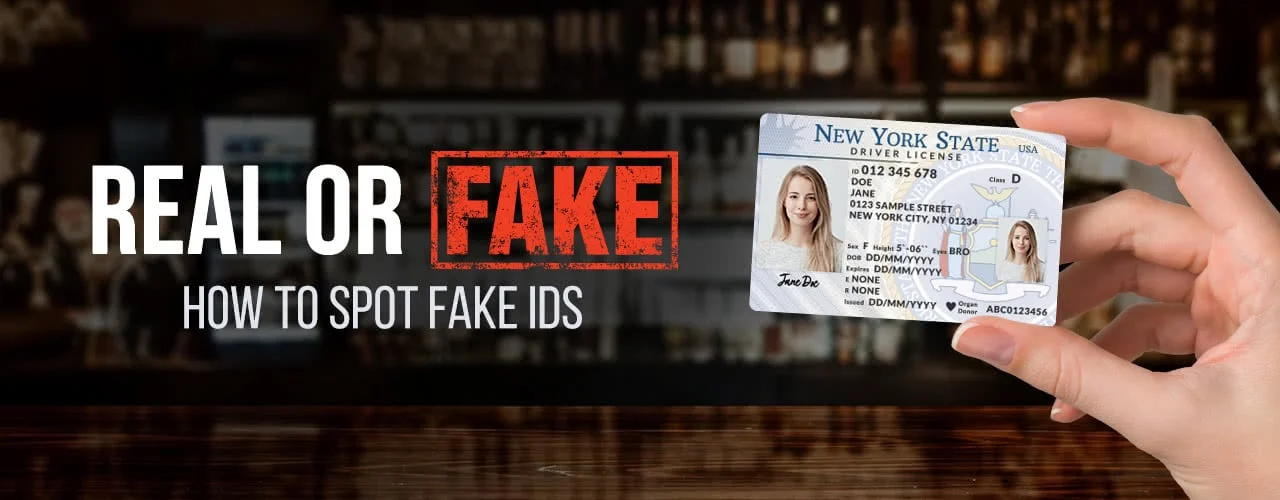



:max_bytes(150000):strip_icc():focal(756x131:758x133)/love-is-blind-jpand-taylor-tout-092723-9fbac50fa4f348f69d6b70325f665b61.jpg)
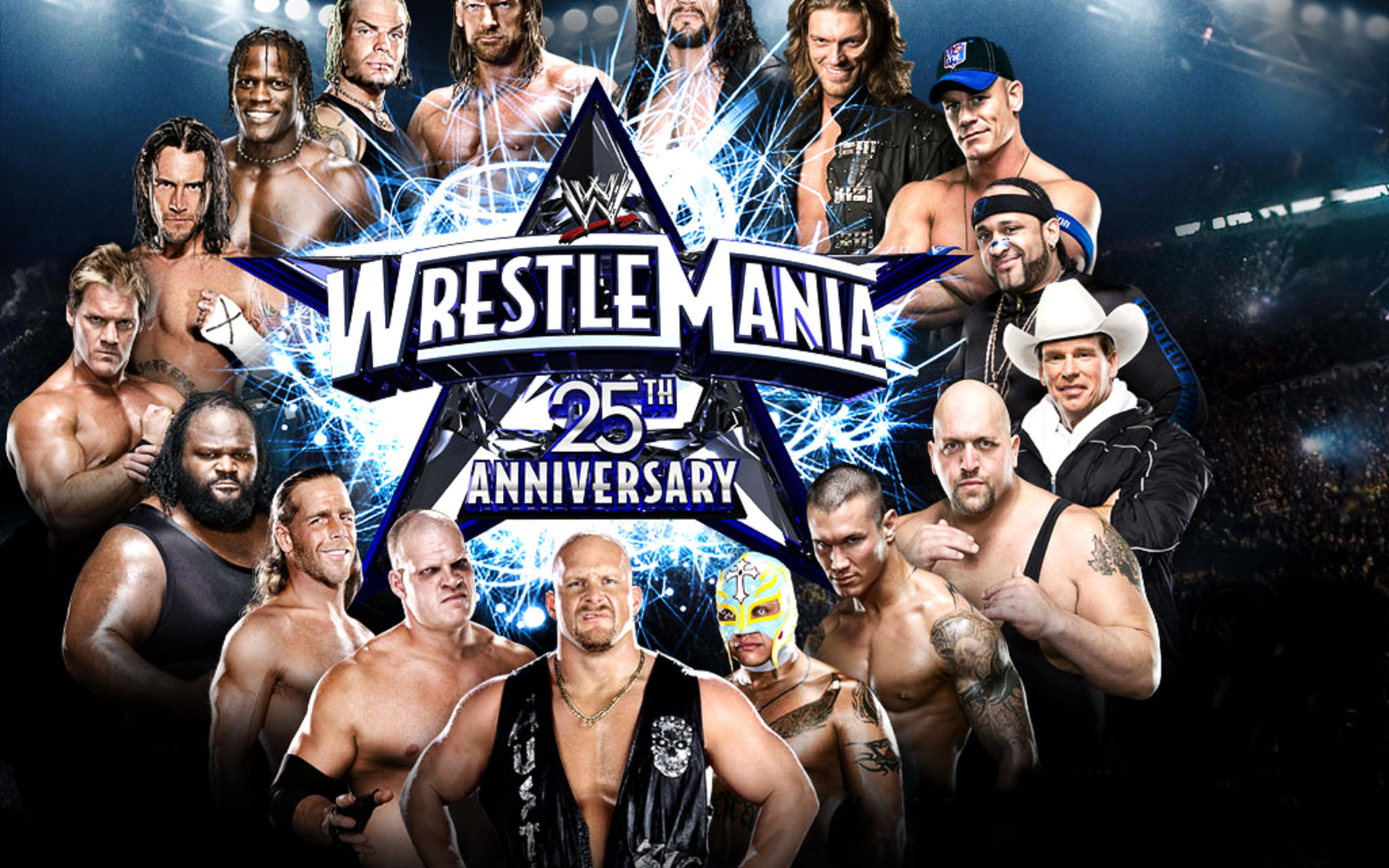
/cdn.vox-cdn.com/uploads/chorus_image/image/64061732/1_xIh5HBZ699uBFvAGgMo7lg.0.0.0.jpeg)





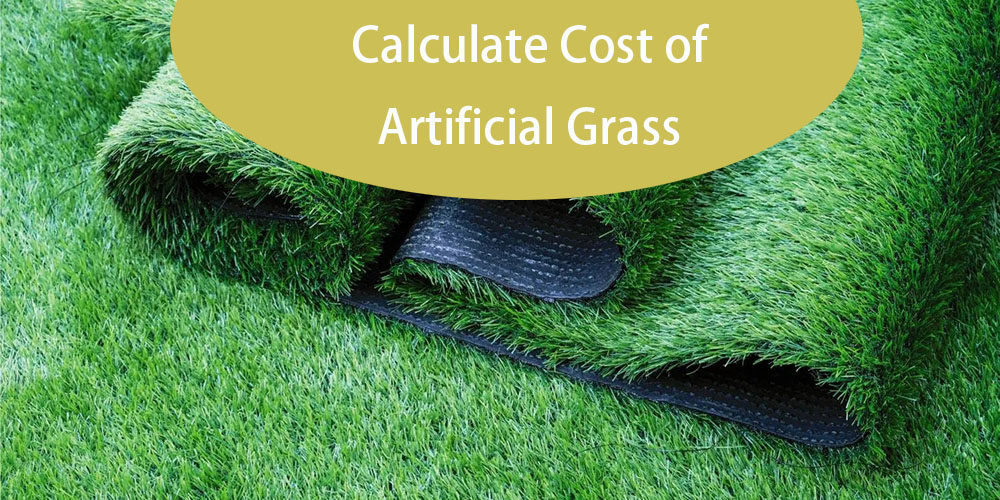
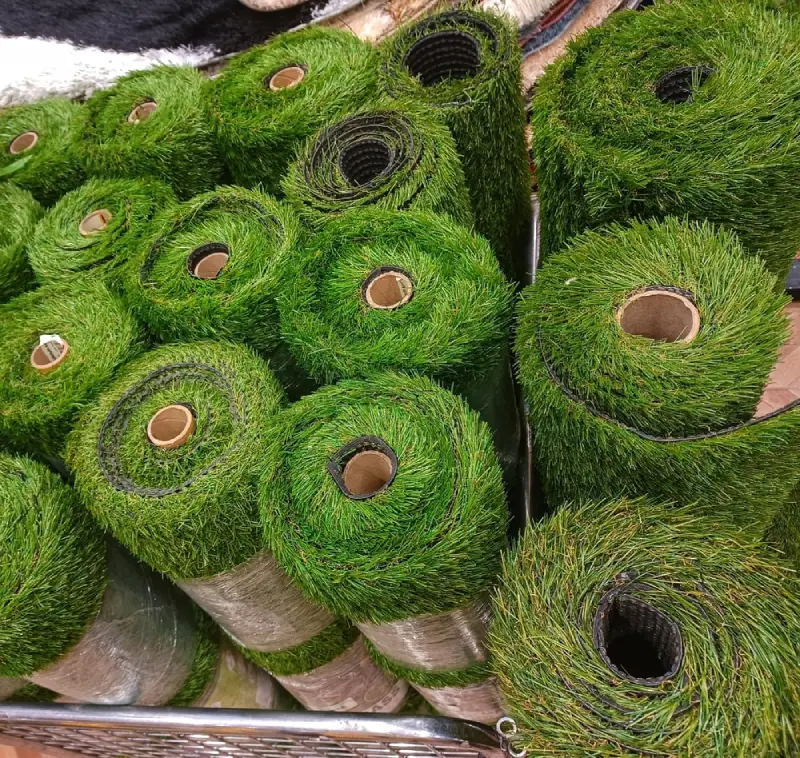

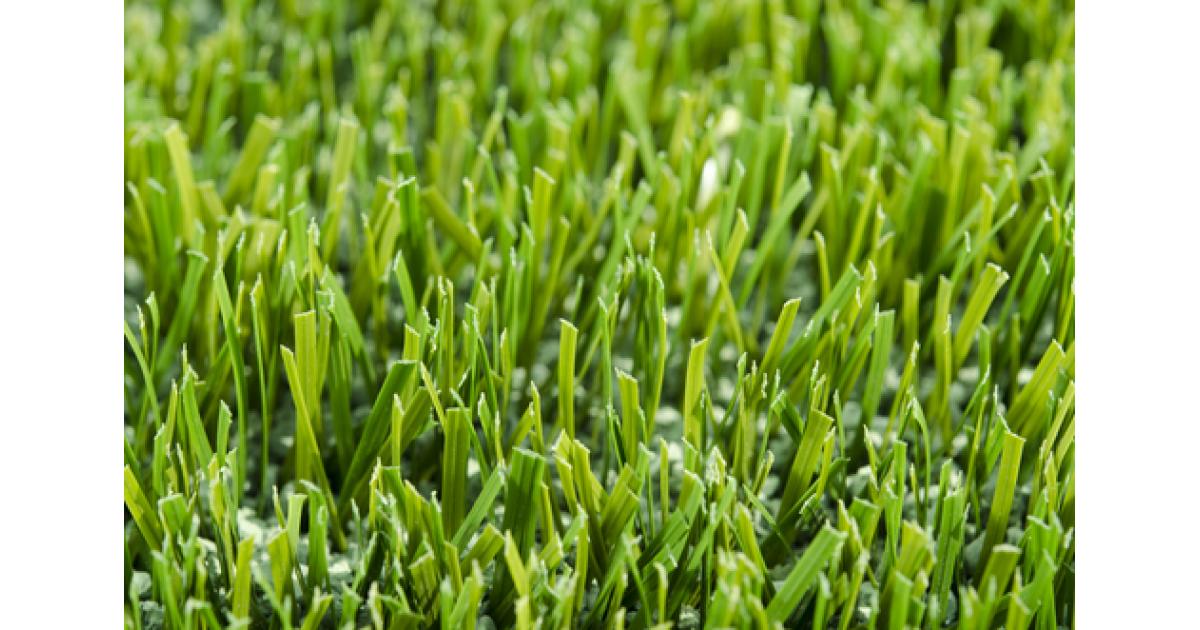










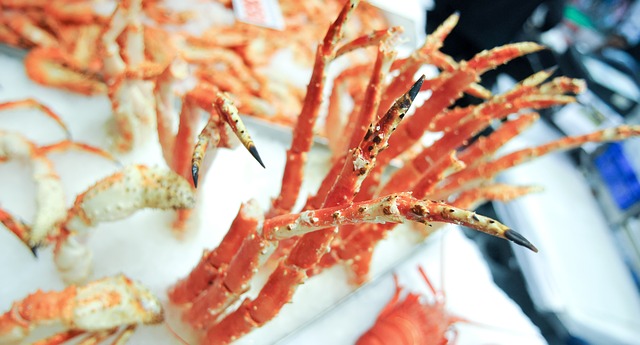
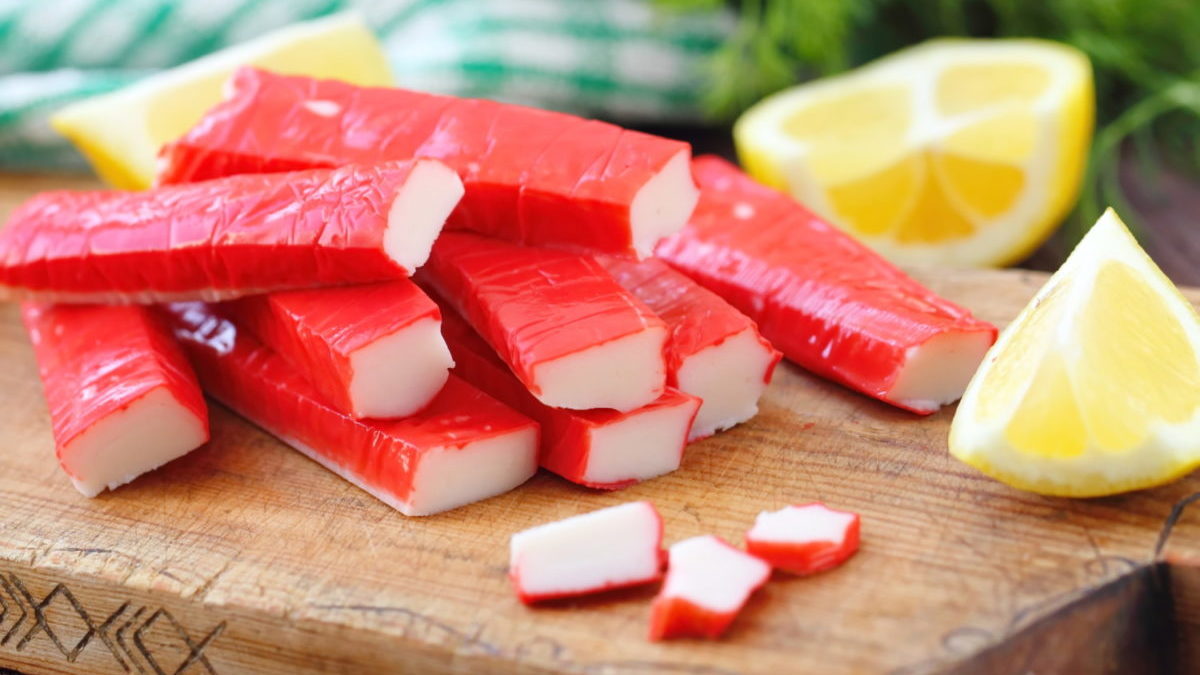

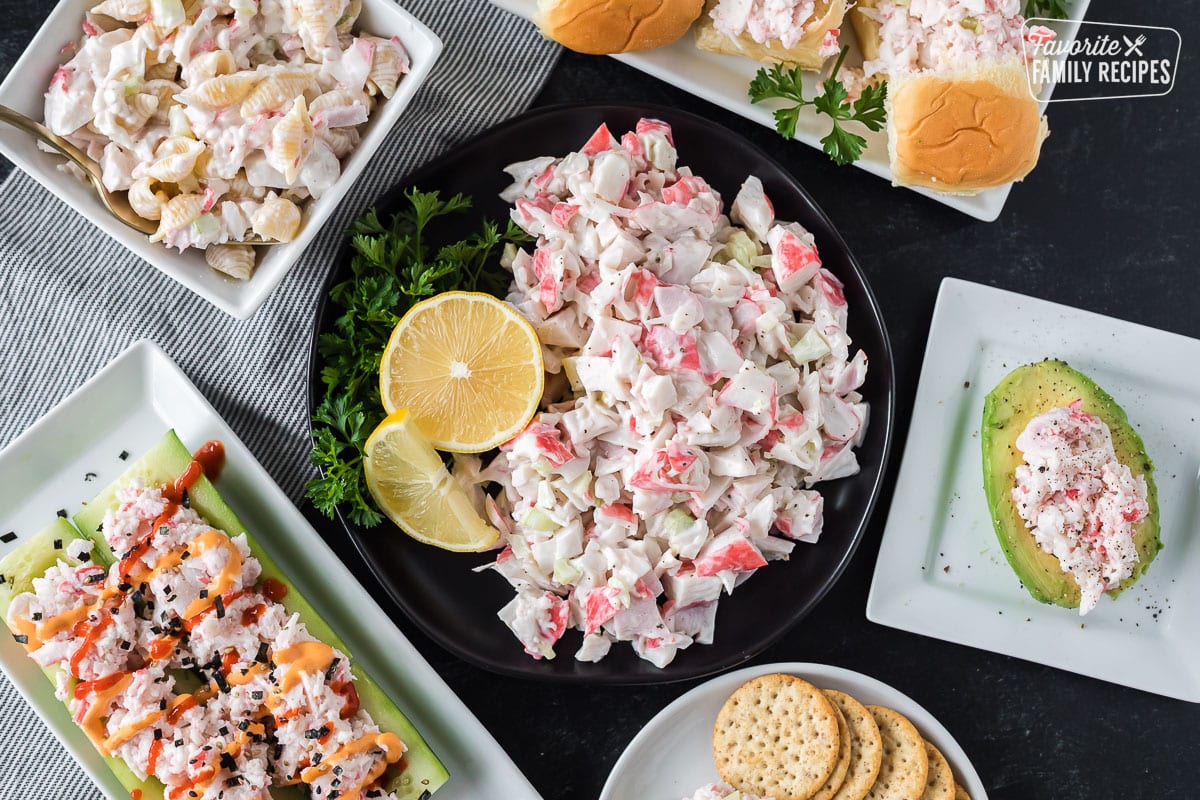







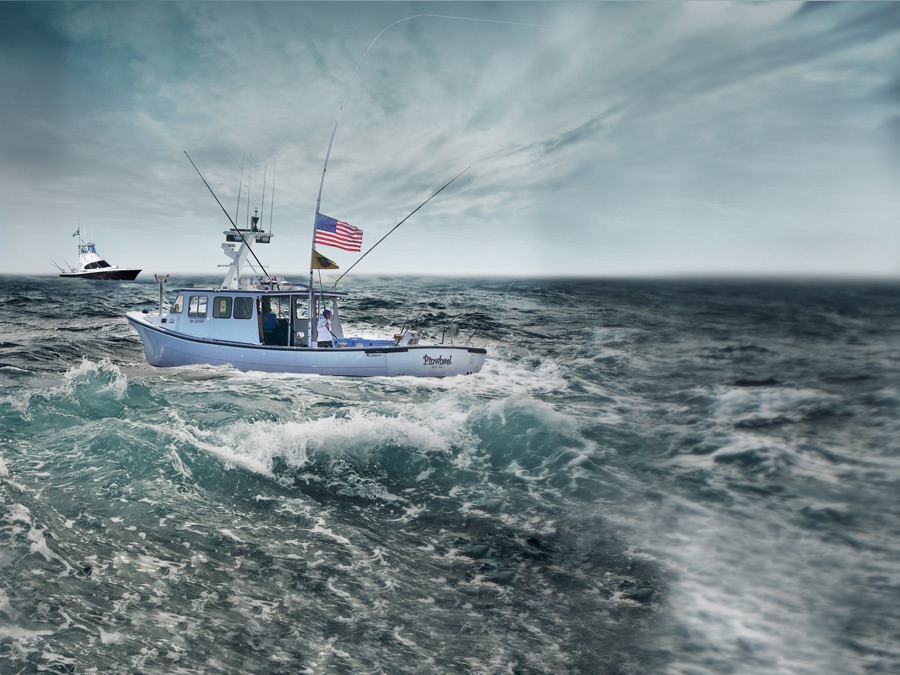



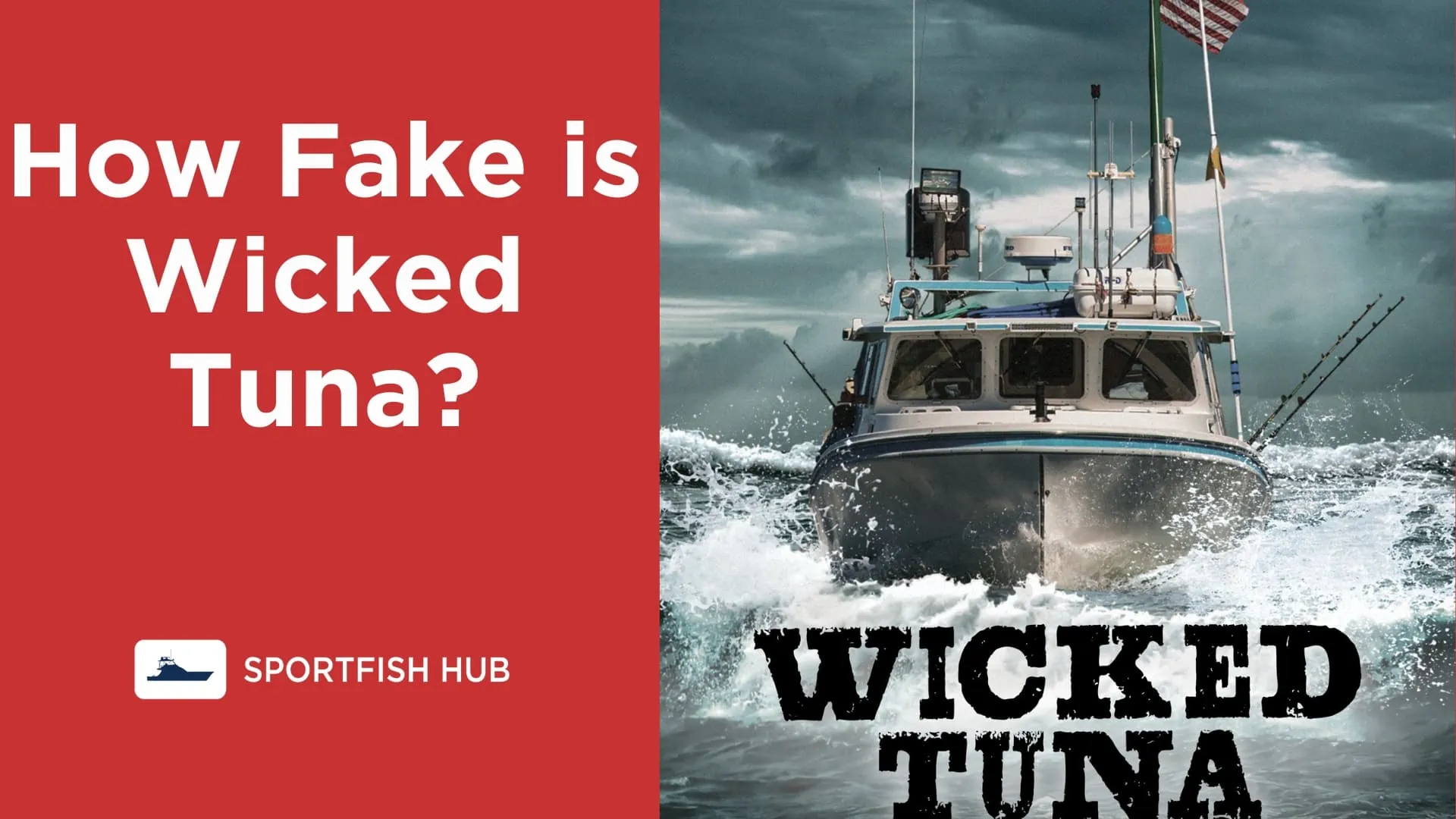
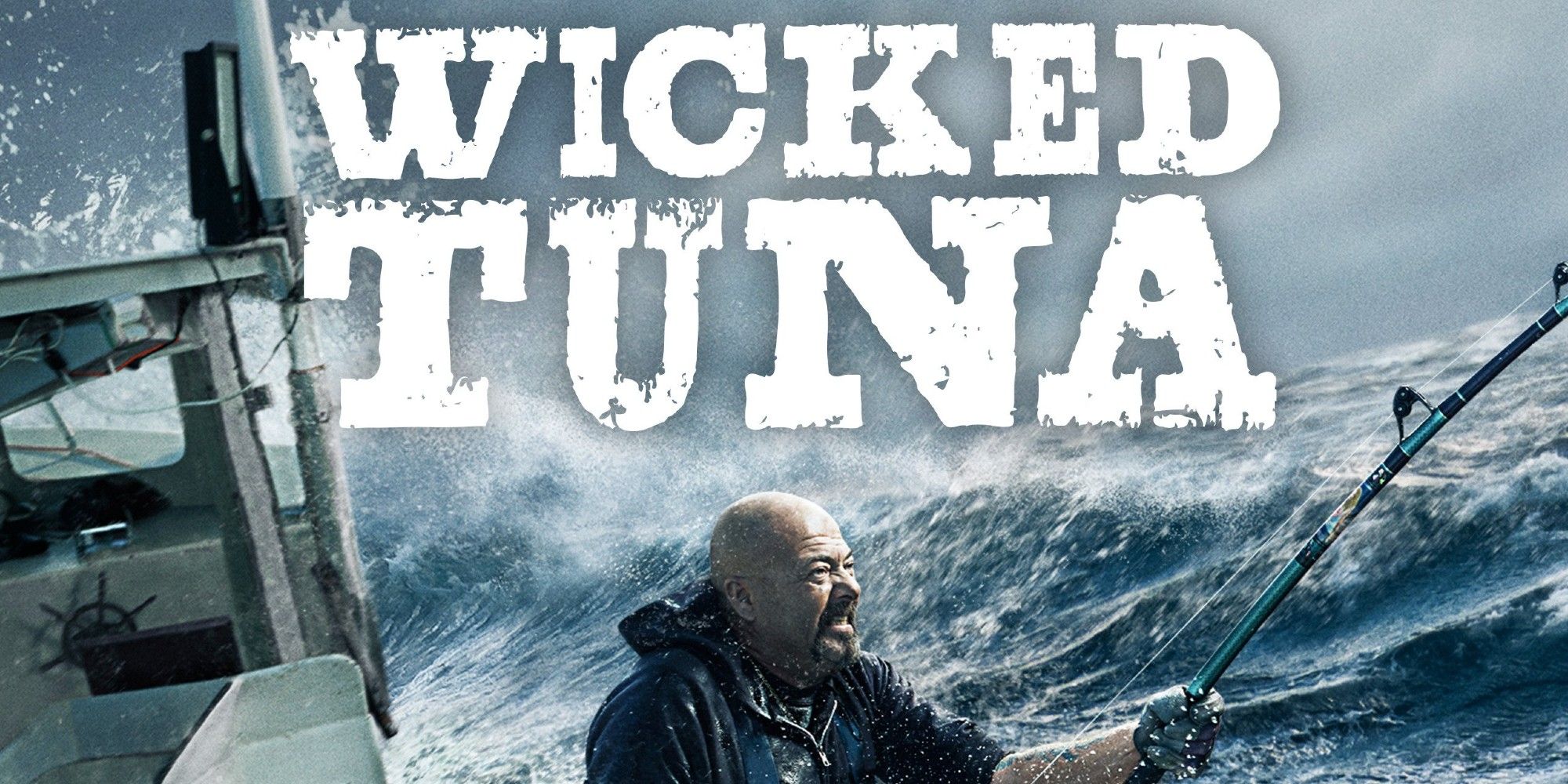
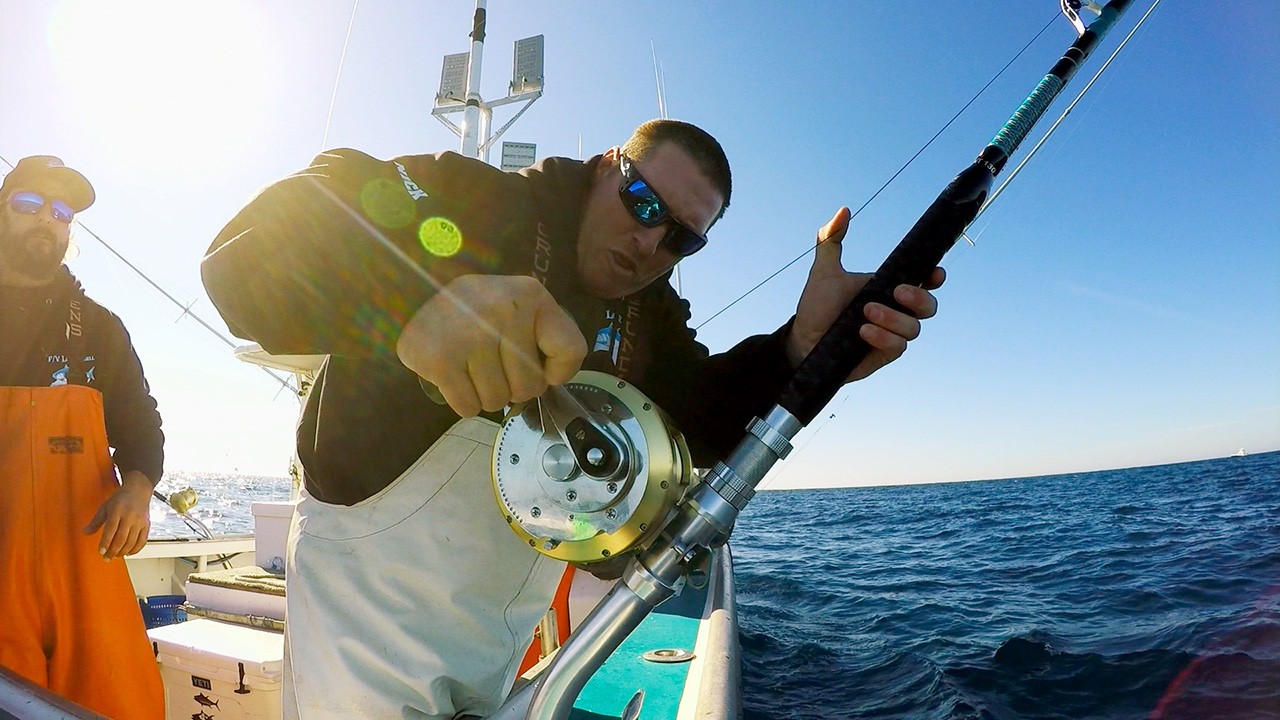
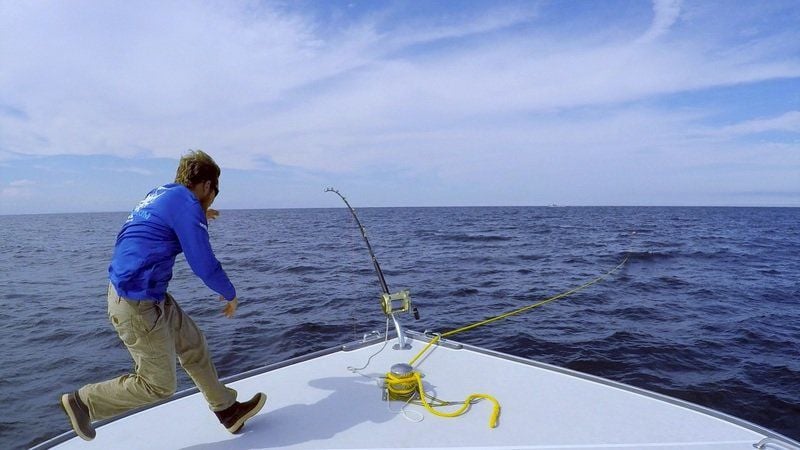

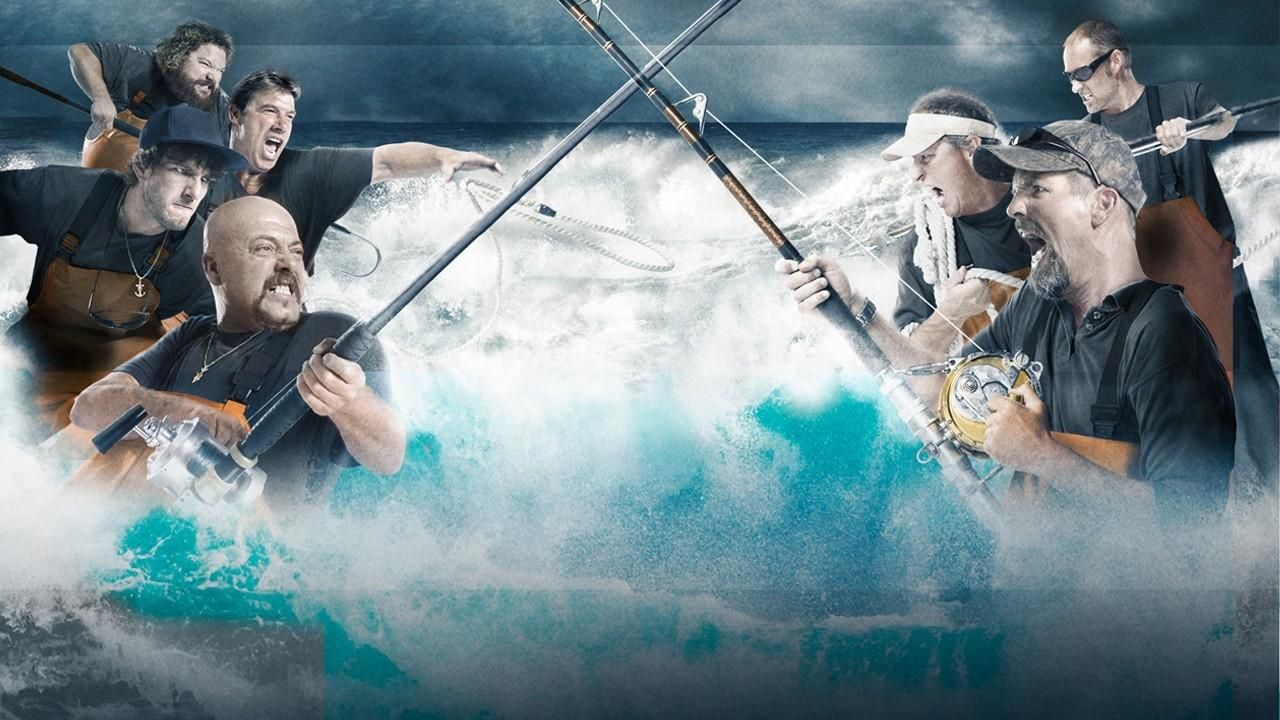
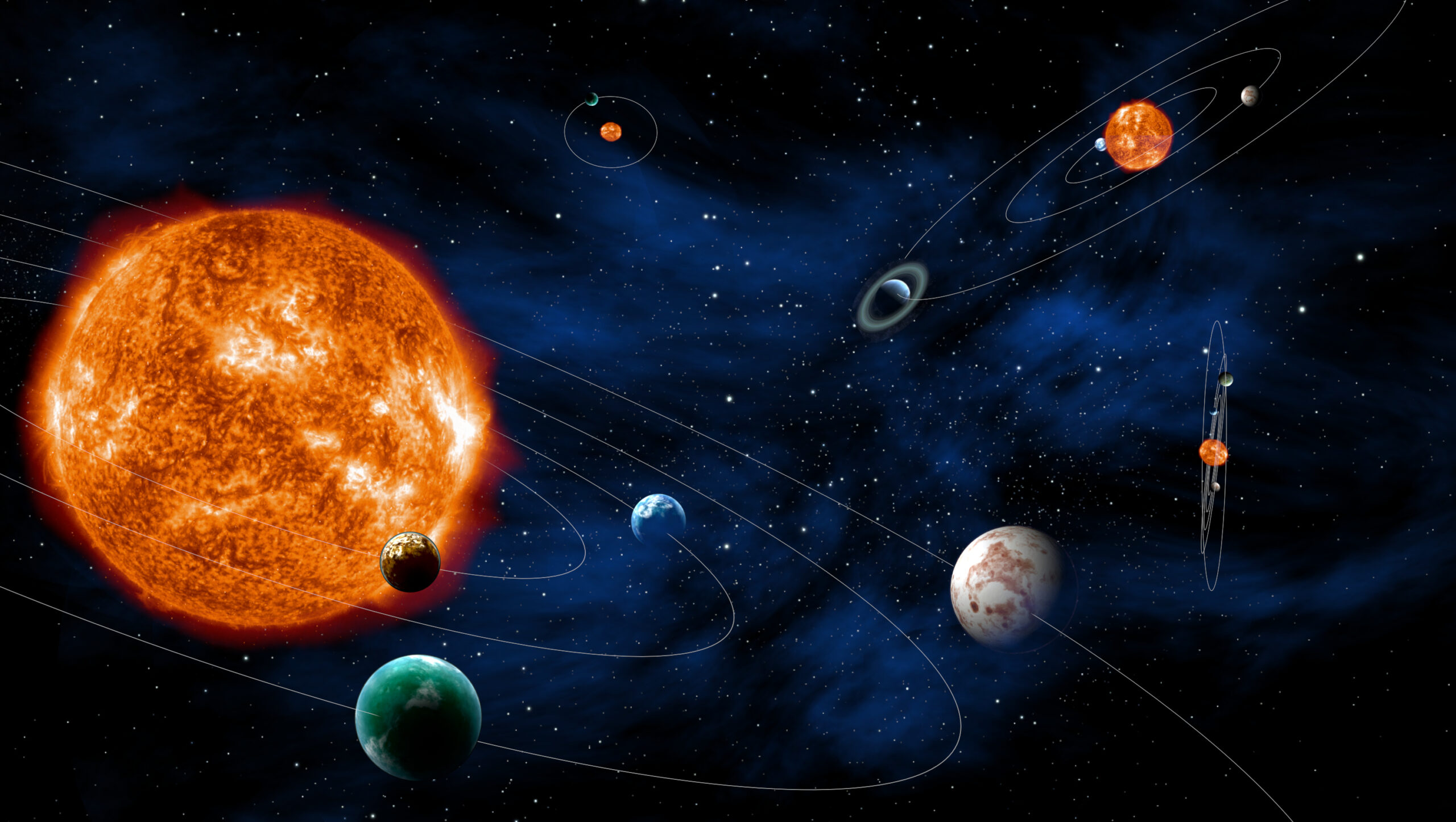















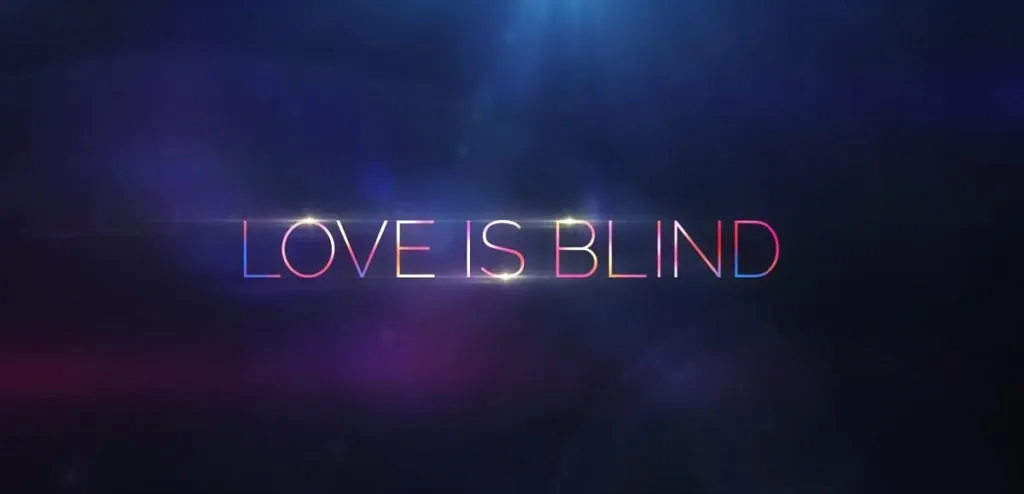

.png)
